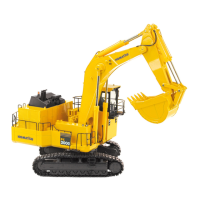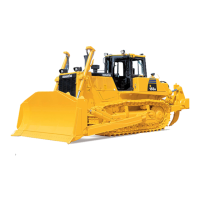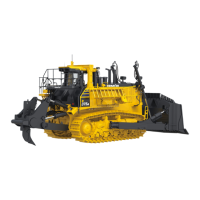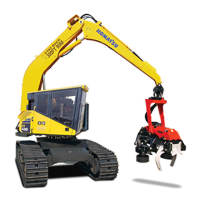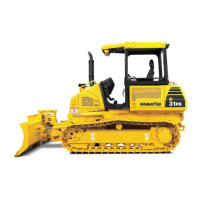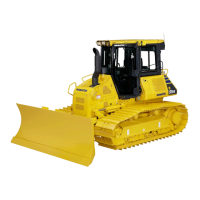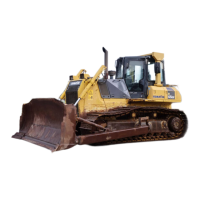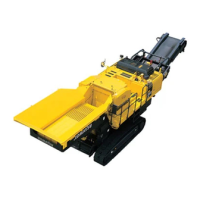20-204 PC58UU-3
TROUBLESHOOTING
POINTS TO REMEMBER WHEN CARRYING OUT MAINTENANCE
To maintain the performance of the machine over a long period, and to prevent failures or other troubles before
they occur, correct operation, maintenance and inspection, troubleshooting, and repairs must be carried out.
This section deals particularly with correct repair procedures for mechatronics and is aimed at improving the
quality of repairs. For this purpose, it gives sections on "Handling electric equipment" and "Handling hydraulic
equipment" (particularly gear oil and hydraulic oil).
1. Points to remember when handling electric
equipment
1) Handling wiring harnesses and connectors
Wiring harnesses consist of wiring connecting
one component to another component, connec-
tors used for connecting and disconnecting one
wire from another wire, and protectors or tubes
used for protecting the wiring.
Compared with other electrical components fit-
ted in boxes or cases, wiring harnesses are
more likely to be affected by the direct effects of
rain, water, heat, or vibration. Furthermore, dur-
ing inspection and repair operations, they are
frequently removed and installed again, so they
are likely to suffer deformation or damage. For
this reason, it is necessary to be extremely care-
ful when handling wiring harnesses.
Main failures occurring in wiring harness
(1) Defective contact of connectors (defective
contact between male and female)
Problems with defective contact are likely to
occur because the male connector is not
properly inserted into the female connector,
or because one or both of the connectors is
deformed or the position is not correctly
aligned, or because there is corrosion or oxi-
dization of the contact surfaces.
(2) Defective crimping or soldering of connec-
tors
The pins of the male and female connectors
are in contact at the crimped terminal or sol-
dered portion, but if there is excessive force
brought to bear on the wiring, the plating at
the joint will peel and cause improper con-
nection or breakage.
POINTS TO REMEMBER WHEN CARRYING OUT MAINTENANCE
(6)

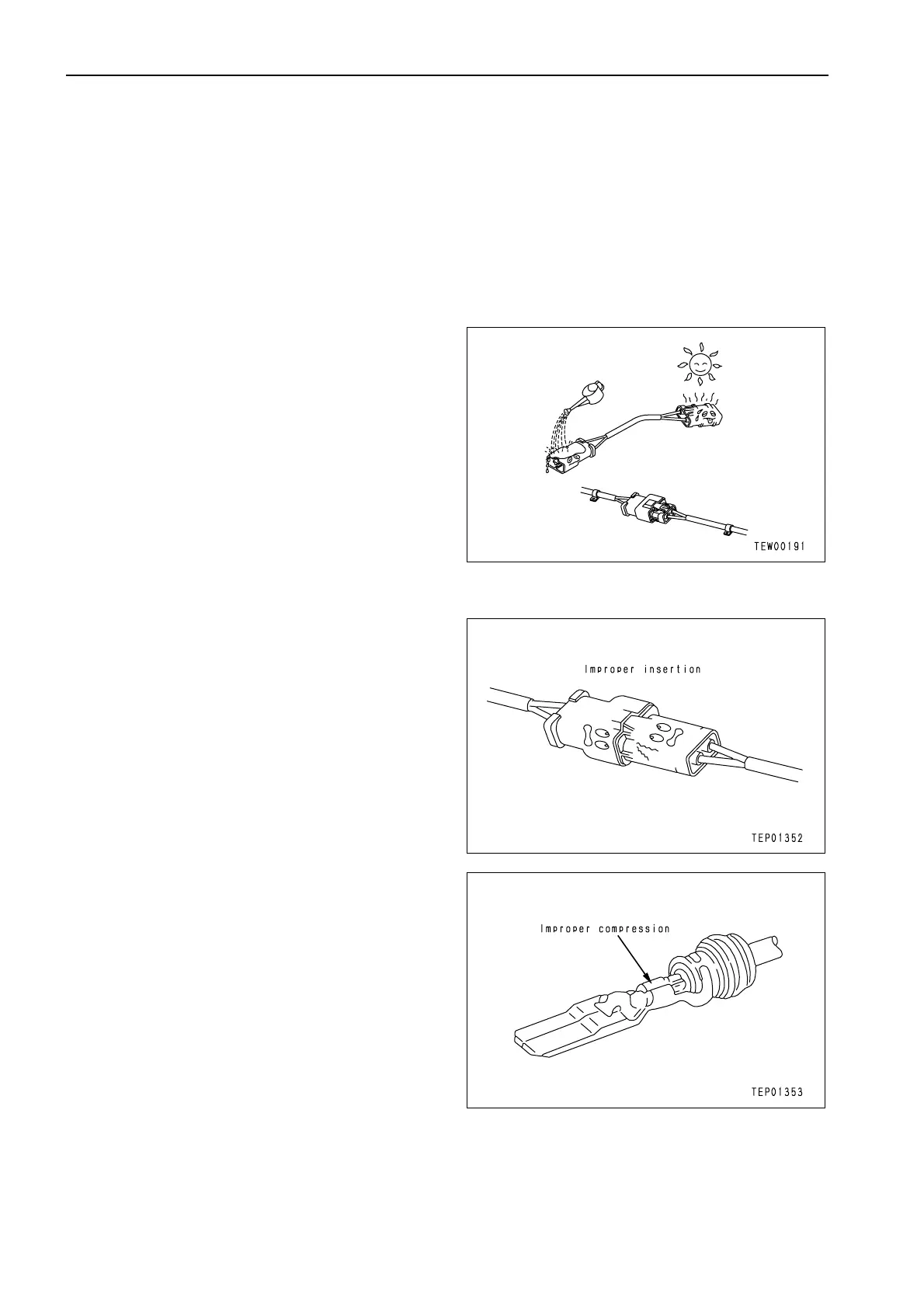